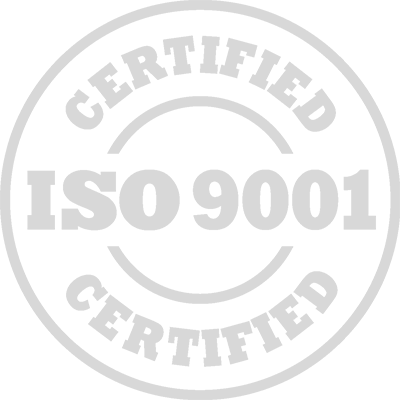Introduction:
The unique challenges of IT projects make it mandatory for an IT project manager to be a skilled risk manager. Risk will always exist in IT projects, given the need to deal with challenging requirements and expectations, complex and ever-changing technologies and business needs, and aggressive schedules and budgets to support business success. However, it is not inevitable that risk management will be an impossible task that will result in reactive or, worse, unresponsiveness.
In the IT risk management course, you'll learn to look at risk management as a way to seize opportunities, minimize threats, and achieve optimum results. You'll work through the proactive approach to threat and opportunity based on a clear understanding of the powerful nature of qualitative and quantitative risk management approaches.
Using effective tools, including a highly regarded risk assessment model, you'll learn how to evaluate and respond to risk at the project and task levels. You'll apply these tools from the IT risk management course material to analyze and classify risks, determine how to establish an acceptable level of risk and develop a practical risk response plan.
This course provides a solid foundation for preparing for the IT risk management certification program, including becoming a certified IT risk manager. This module will cover the essential knowledge and skills participants need to obtain their certification successfully and become qualified professionals in IT risk management.
Targeted Groups:
- IT Team Leaders.
- Risk Analysts.
- Strategic Planners.
- Administrators.
- Software and Business Developers.
- Project Managers.
Course Objectives:
At the end of this IT risk management course, the participants will be able to:
- Use a practical, eight-step process to manage IT project risk.
- Identify threats and opportunities and weigh their relative value in your project.
- Develop practical response strategies for common IT project risks.
- Overcome stakeholder and team member roadblocks to risk strategy implementation.
- Make risk and opportunity integral components of your next IT project plan.
Targeted Competencies:
By the end of this IT risk management training, the target competencies will:
- Information security management.
- Vulnerability assessment and management.
- Developing IT policies and procedures.
- Data Integrity.
- Risk management.
What is IT Risk Management?
IT risk management is a critical component of any IT project and the process of identifying, assessing, and controlling threats to an organization's capital and earnings. These threats or risks could stem from various sources, including financial uncertainty, legal liabilities, strategic management errors, accidents, and natural disasters. The central part of the IT risk manager's roles and responsibilities is understanding and managing these risks to minimize their impact on an organization's strategic goals.
Throughout this IT information technology risk management course, participants will gain exposure to various IT risk management tools and software that assist in identifying, assessing, and mitigating risks within an IT context. These tools are essential for the certified IT risk manager to develop a comprehensive information technology risk management plan.
Every IT professional must understand the importance of IT risk management. This module explores the benefits of effective risk management strategies, including maintaining data integrity, protecting against security breaches, ensuring business continuity, and supporting the organization's overall business strategy. Participants will learn how applying IT risk management best practices can lead to improved decision-making and enterprise success.
Course Content:
Unit 1: Analysis Fundamentals:
- Probability and Impact.
- Presenting risk.
- Descriptive.
- Qualitative.
- Quantitative.
- Probability.
Unit 2: Developing Risk Responses:
- Risk response strategies for opportunities and threats.
- Risk acceptance, avoidance, transference, and mitigation.
- Establishing reserves.
Unit 3: Risk Evaluation:
- Reassessing risk.
- Risk documentation.
Unit 4: Risk Management Planning and Identifying Risk:
- Risk management planning.
- Risk Identification.
- Idea generation tools and techniques.
Unit 5: Analyzing and Prioritizing Risk:
- Determining risk tolerances.
- Analyzing risks.
- Establishing and evaluating profitability.
- Risk-based financial tools and techniques.
- Expected-value analysis.
- Decision trees.
- Probability analysis.
- Risks VS Opportunities.
- Prioritizing risks.
Unit 6: Introduction to Risk:
- Definition and characteristics of risk.
- Elements and factors of risk.
- Types of risk.
- Components of risk management.
Unit 7: Risk Execution Evaluation and Update:
- Risk response monitoring and control.
- Execute risk strategies.
- Contingency plans and workarounds.
Conclusion:
By the end of the IT Risk Management Training Course, participants will have a solid understanding of the IT risk management process, framework, and principles. They will be equipped with strategies, techniques, and tools necessary to manage and mitigate risks in IT projects, fulfilling an IT risk manager's important roles and responsibilities. This foundation will help ensure IT initiatives' long-term success and resilience within their organization.


